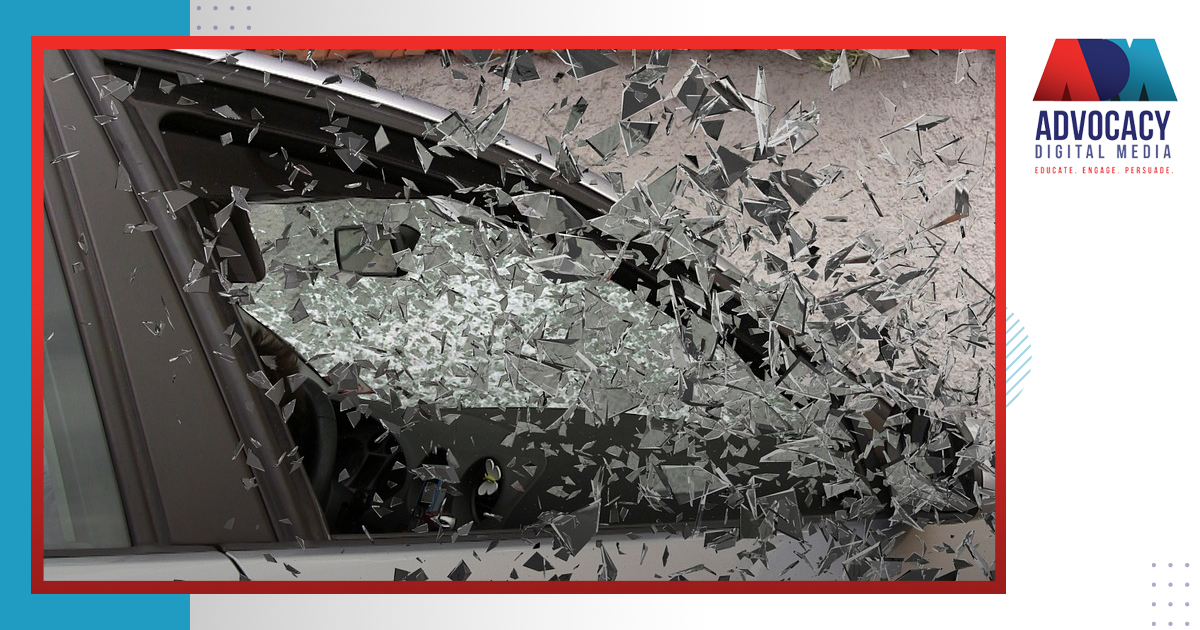Factors To Consider When Determining the Best Evidence for Use in Courtrooms
Your client’s case involves complex concepts. You know that you want to have visually engaging trial exhibits created to help jurors better understand its nuances, but you’re unsure as to which evidence to present, especially using illustrations or simulations. How do you decide?
Keep reading, where we’ll discuss factors to consider when determining the best evidence for use in courtrooms.
What To Take into Account When Deciding What Evidence to Present at Trial
As a licensed attorney, you already have a firm understanding of the rules of evidence. Thus, you already know that, when deciding between evidence, the following factors should dictate whether you decide to use certain items of potential evidentiary value or not:
- Admissibility is the most important factor. Evidence only matters if it has a strong potential for a judge to admit it in the case. Of course, common reasons judges may not rule evidence is inadmissible is if it’s hearsay, was unlawfully obtained, etc. In reaching determinations about how admissible evidence is, a judge may weigh:
- Relevancy: Is the evidence that you’re planning to present in your client’s case directly related to the legal matter you’re assisting them with?
- Accuracy: Does the evidence that you’re looking to present correctly represent what occurred?
- Probative value: This factor is closely related to relevance and accuracy. It centers around how effective the evidence that you’re planning to present at trial is in forwarding a certain claim or point. The key here is influence. If evidence, like a photograph, is of poor quality, then it may not be as persuasive to a juror as a high-resolution one is.
- Credibility: The source of the evidence (whether physical, documents, eyewitness, or scientific) matters. For example, evidence may be most valuable when it’s sourced or provided by an impartial individual or entity as opposed to someone focused on one party’s best interests. Judges will weigh the potential for bias when deciding whether to allow or disallow certain evidence.
- Chain of custody: This goes hand-in-hand with accuracy and credibility. The judge deciding whether to admit evidence or not will consider whether there was any tampering with evidence before it came before the court when deciding whether it comes before the jury as they want to make sure they are only dealing with factual information.
As you’re aware, there’s certainly no one factor to consider when determining what makes for the best evidence for use in courtrooms, especially since there are many types of evidence that lawyers like yourself often present at trial.
So, you’ll definitely want to consider the specific piece of evidence and ways it may benefit or detract from a case when deciding whether to present it as part of your case.
At no point should any evidence presented intentionally prejudice the jury toward either side.
What Evidence Is Best Made into Demonstrative Exhibits?
The goal for any evidence is that it should help your client’s case as opposed to hurting it. Information of evidentiary value that our animators or illustrators at Advocacy Digital Media have successfully made into engaging and effective courtroom exhibits include:
- Data points: We’ve been able to take data from multiple sources and not only create visual aids like charts and graphs summarizing that information but integrate the same into timelines and simulations. So, for example, if you are representing a truck accident victim and want to graphically show how a combination of factors such as speed, a cargo’s weight, and road conditions all affected a trucker’s braking distance, we can create visuals that help you do that.
- Diagrams and illustrations: These are ideal for helping a medical expert explain a certain surgical procedure or body process or how a product was designed to function versus how it actually did. A 2- or 3-D illustration or blowout diagram allows you to break down technical concepts so that it’s easier for jurors to understand how they work, where failures occurred, and, thus, where liability lies.
- Animations: These are helpful for reconstructions. The use of animations in a trial can take a jury to the scene of a crash or put them in the shoes of your client who was using a defective product when they got hurt. These types of courtroom demonstratives are particularly effective at demonstrating the “right” and “wrong” way of doing things. For example, you might have an animation created showing a doctor following the correct standard of care when performing surgery on a patient and then one showing what happens when they breach that duty. In other words, you may have the animation show the actions that led to your client suffering harm.
Visual courtroom evidence is also effective for conveying the impact a personal injury accident has had on your client.
For example, animations can also visually depict how your client is no longer able to work or interact with their family as they once did and also show how widespread functional impairments or pain are.
These demonstratives can help substantiate demands for damages as they provide a peek into the average day for your client.
How We Maximize Your Use of Our Courtroom Exhibits at Trial
During an initial meeting with our team at Advocacy Digital Media, our focus is not only on finding out more about what you’re planning to have made into interactive trial exhibits and by when, but also on exploring what assets you have available to you.
These guide our illustrators and animators in building demonstrative evidence with the highest chances of admissibility by a judge.
To achieve this end goal, our team focuses on:
- Maintaining neutrality when creating visuals to minimize the chances of them being considered biased toward either side
- Making sure our computer-generated courtroom illustrations and animations are factually accurate per the witness accounts or reference material provided
- Reviewing source material metadata and retaining an access log in addition to storing demonstratives in a secure electronic storage account, all to minimize tampering allegations that could impact admissibility
If you’ve thought about what factors to consider when determining the best evidence for use in courtrooms and you want to know more about the role demonstratives like illustrations or animations may play, contact our interactive trial exhibits company.
We have a long track record of helping personal injury lawyers with the creation of visual aids and are eager to discuss how our work may strengthen your case as well.







